For a moment, I hesitate turning the doorknob. Why am I here? I can’t draw. I spent many an afternoon looking at a pear, trying to see it in two dimensions, figuring out the shadows, the lines, but it was all for nothing. My forms never had life.
The atelier, with its rough, stained table and stacks of dirty glasses, speaks of mistakes, which I find reassuring. My classmates’ equipment, though, boasts of knowledge I never had; I couldn’t even find my way around the art supply store. Our teacher, Nick, a white-haired painter in his 60s, places some Styrofoam shapes on the table. “I’d like you to choose one and draw it,” he says.
Draw a 3D figure? Just like that? I pick the cube to escape the terrible cylinder or, perish the thought, the sphere. I study the differences in form shadows and cast shadows. Lighter here, darker there. I erase, I redo, I start over, only to end up – as usual – with a precise yet inert form.
I glance over at my classmates, my eyes meeting those of the happy-go-lucky guy in front of me, a student from China, as he asks me for the eraser. To his amazement I hand him a piece of my kneaded eraser: he has never seen one before.
Nick is now inviting us to paint the shape we just drew. We start with the wet-on-wet technique – one that yields notoriously unpredictable results, I would discover. He first paints the paper with water alone. Then, he uses the brush to massage some water onto a tiny brick of colour (a “pan”) and transfers the resulting paste into an empty palette, adding a bit more water. The watercolour is now ready, and Nick is holding the brush mid-air as a sculpting tool. “It’s not a pen, remember that,” he says. I should have reflected on that. Instead, I am getting angry.
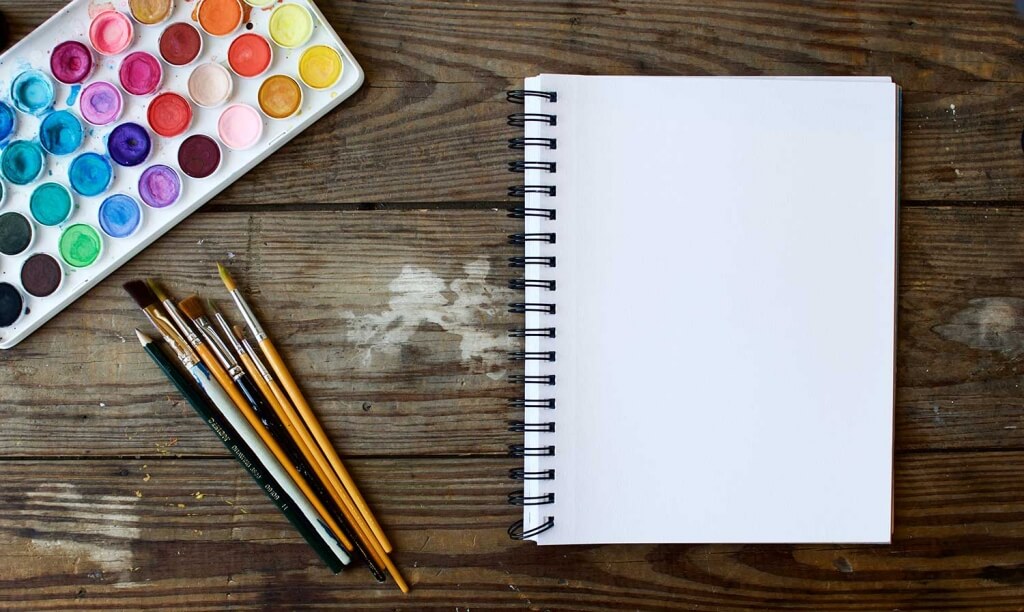
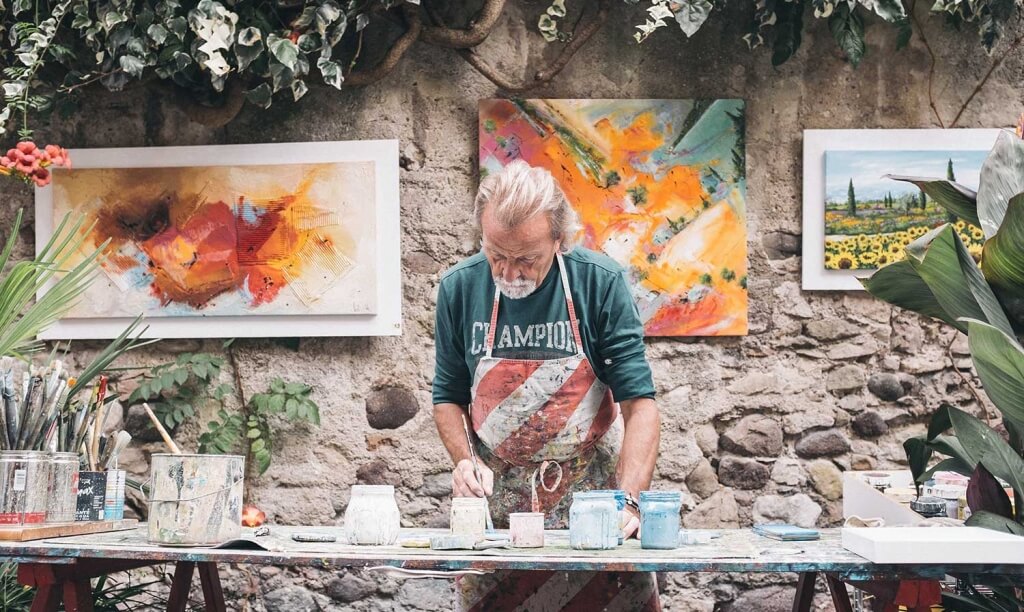
“How does one know how much water to add?” I ask.
“Just a bit to make it thinner,” he answers.
Maybe I’m approaching this with the wrong mindset. “This is art, not math,” I think. “Relax.”
What is art, anyway? The old debate is the elephant in the room of every discussion about painting, as visual arts remain a mystery for most. One can, to a certain extent, judge the technique, but other than that we get into personal taste territory. When it comes to painting as a hobby, the pressure of delivering can kill our creativity before it even begins to develop. Deliver what? Life is more than black and white, good and bad, skilled and unskilled. “Relax,” I repeat to myself.
Lesson Two starts on a bad foot. Nick is explaining Colour Theory. I’m soaking wet from the rain, half of my equipment is at home, and there’s a new lady in the course who just won’t stop chatting. I start to feel completely lost. Remembering all the names of these shades and their combinations will take forever.
Then and there, I almost get up and leave. My colour set doesn’t help; just where is my Payne’s Grey? One more drop of water will produce a different hue. Does watercolour make any sense?
Furious, I start scribbling on my notebook. My Chinese classmate comes over, glancing at my writing.
“What’s that?” he asks.
“I’m taking notes. I have a lot of colours to buy,” I lie. Why is he coming over? Can’t an angry writer who’s had too much coffee be left alone?
Still, what was I thinking? That I could just take a watercolour class?
Everybody is now painting basic colours into an empty colour chart to memorise their names, and I have to ask my classmates to borrow some of their pigments. Everybody is in the same situation, though, and the table is a complete chaos of colour pans, paper towels, glasses of dirty water and palettes. I start to calm down. All these shades really are beautiful, and I find their names fascinating. Maybe it’s time to give in to the uncertainty of art, and life for that matter.
I scribble one last sentence. “Do not try to be precise.” That must be it: my inert drawings didn’t account for the wonderful imperfections of reality.
As homework, we need to print an empty colour chart on 12 sheets of paper. My Chinese friend asks me to do it for him, too, as he doesn’t own a printer.
Lesson Three starts with composition. We learn that when drawing anything, we’re not just delimiting a form, but also the space around it: its negative space. We should aim for a 50-50 balance between figures and background. That’s useful, but again I stumble on mixing water and end up with three different hues of Viridian for the same object.
Another thing we learn is that to create depth, we need to leverage perspective, sharpness and contrast. Far away objects need to be smaller, sure, but also less sharp; in addition to that, using contrasting colours will make objects look closer or farther. My Chinese friend is not there, instead I’m sitting across from a competitive young woman who can’t stop looking at my drawings. “Relax,” I repeat to myself.
By this point, for no particular reason, I’m painting olive jars. Nick has just been going on for half an hour about Gum Arabic with two close disciples. I give up on him, and start laughing with the girl next to me, a graphic designer. We’re moving on to landscapes; we need to paint mountains.
I can’t help thinking about Bob Ross. “If you don’t like your shape, if you’re not happy with it, you can change it. ‘Cause this is your world,’” I hear him saying. But my Bob Ross stops at that. I absolutely have no idea how to paint a mountain. So I paint an island instead, again for no reason in particular. Nick sees it and not only doesn’t scold me, but compliments my choice. The rules of logic don’t seem to apply.
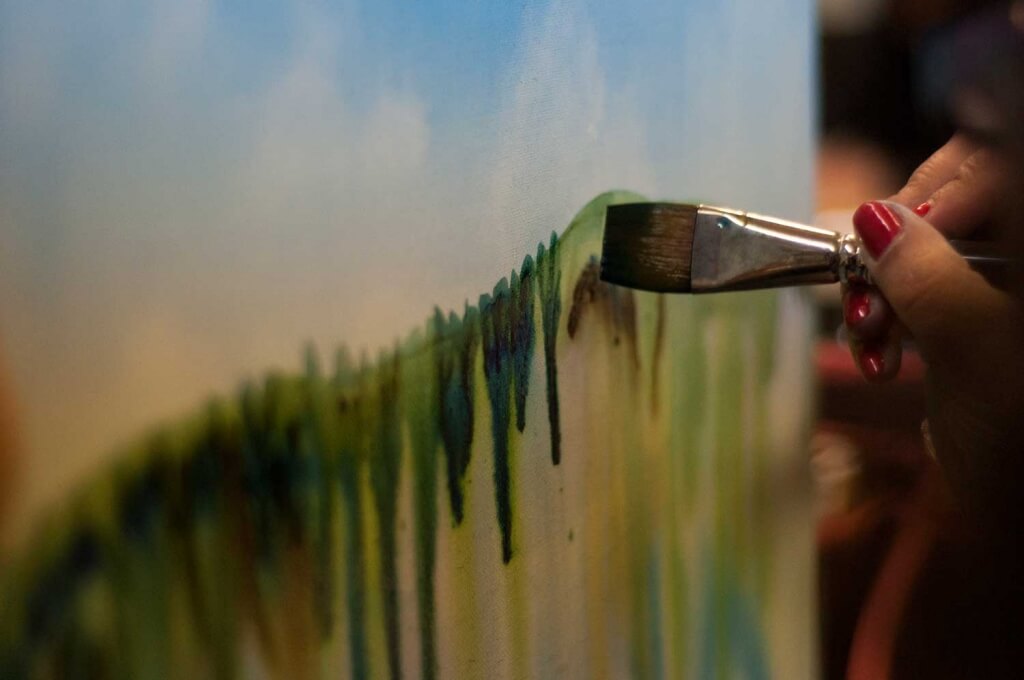
I suddenly have an epiphany. Painting should be done with no expectation, no pressure and no need to analyse anything. Yes, by just taking a watercolour class. Leave the rational you outside the atelier and be free to experiment; that’s what art is for. That’s what life should probably be for, but we can’t always be that brave. On the canvas, though, the only resistance you can possibly encounter is your own fear. Acknowledge it, put it aside, and paint.
The teacher asks the graphic designer to add some contrasting colour to her bluish landscape, so she starts to paint Alizarin Crimson dots in the forefront.
“Don’t ask me what they are,” she whispers.
“Mushrooms?” I venture.
“Bodies,” she confesses, as she takes a paper towel to absorb them, a legitimate way of erasing in watercolour painting.
“Don’t take them away!” I say, inspired by my newfound freedom.
“I’m trying to save them,” she laughs.
Just then, our Chinese classmate walks in. He’s about an hour late. I hand him his printed colour chart and he gives me a tiny Tupperware with an egg bathing in dark liquid.
“For you. It’s a tea egg. I made it myself,” he smiles.
Bob was right. “Beautiful little things [happen automatically],” he once said, “but we’d never admit this was an accident. [If] somebody asks, well, we planned that son of a gun right from the beginning.”
Article by Livia Formisani

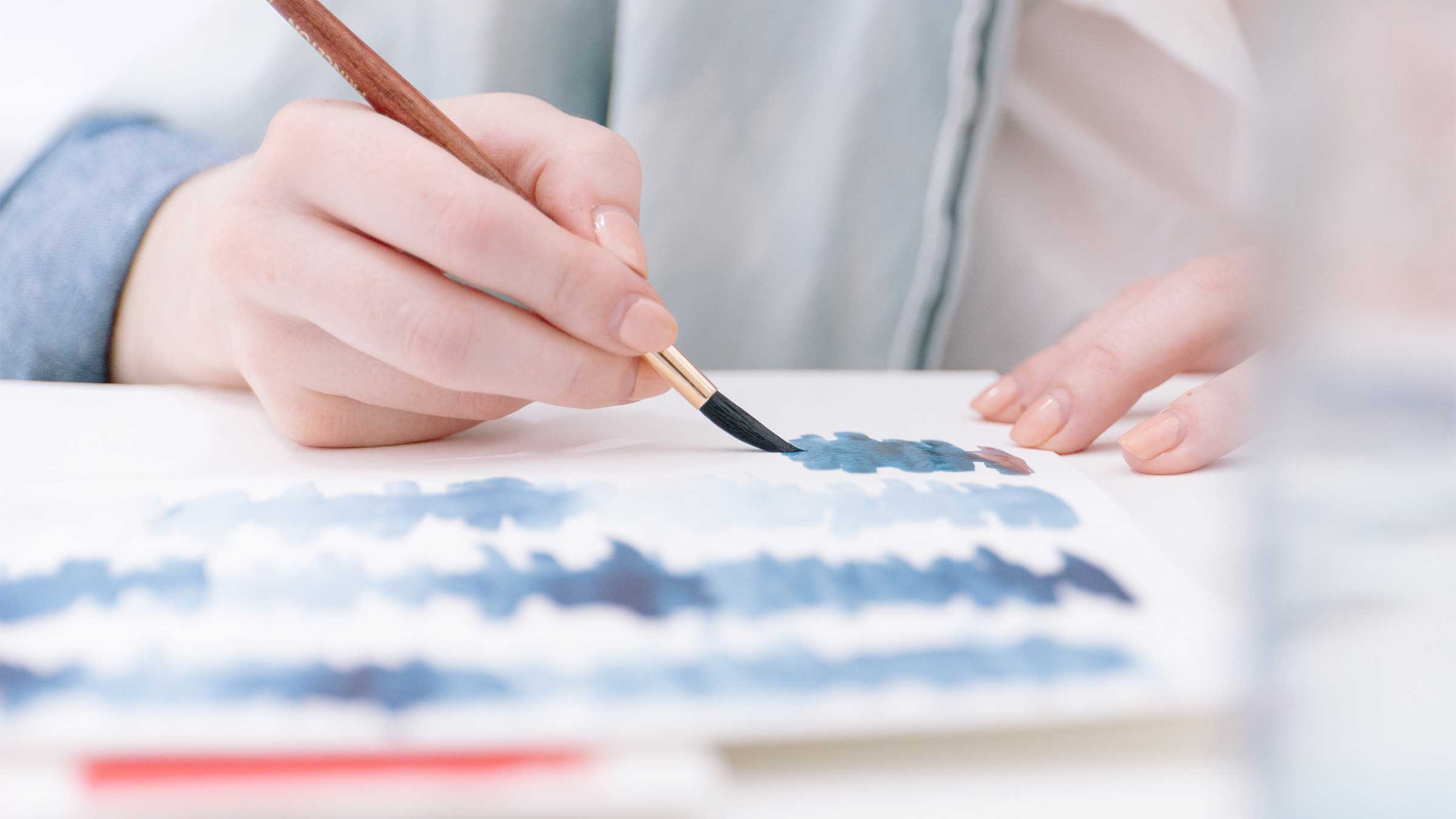

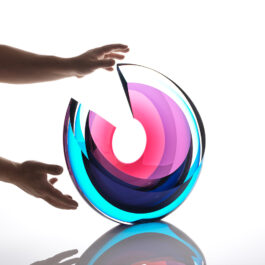
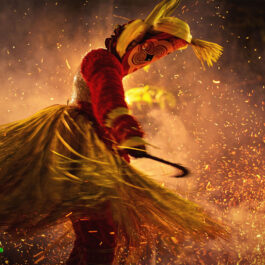



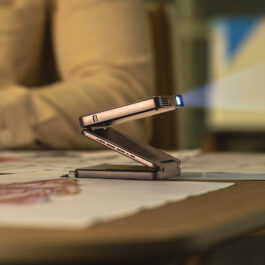

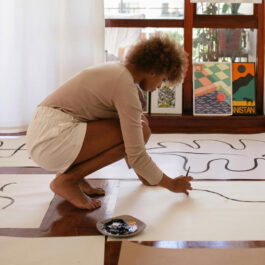
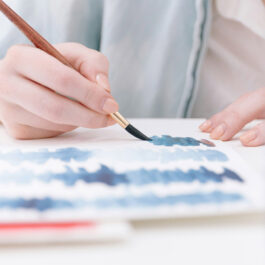


Sorry, the comment form is closed at this time.